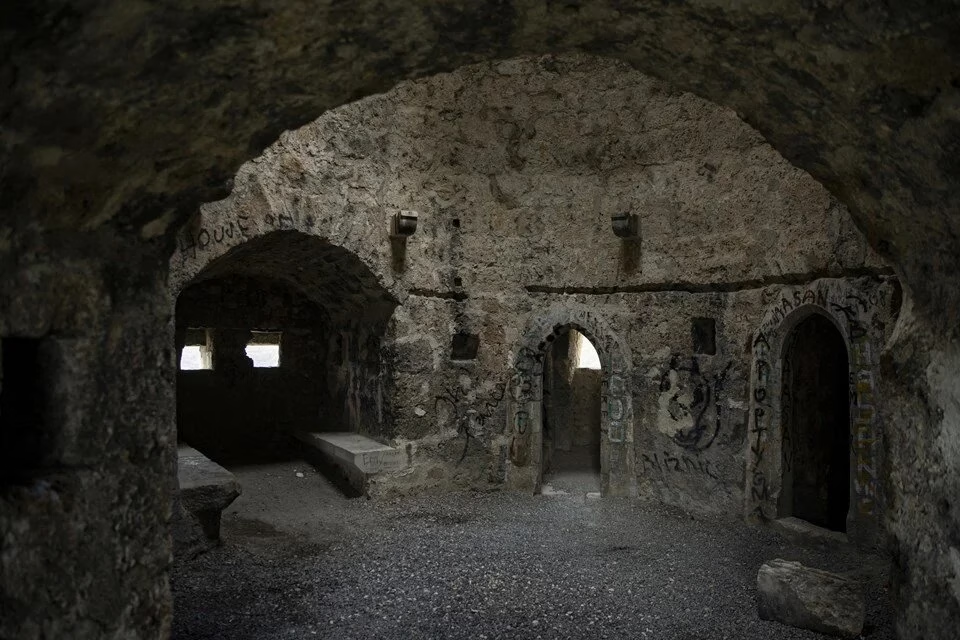Nestled on the eastern slopes of Debeljaca Hill overlooking the Una River and the Bihać Valley in northwestern Bosnia and Herzegovina, Sokolac Fortress rises with stoic dignity. This medieval stronghold, with its imposing stone walls and panoramic vantage point, is a striking reminder of the region’s rich and layered past.
While the fortress is first mentioned in historical documents dating back to 1395, architectural analysis suggests it was likely constructed in the 13th century. Its design — featuring a large central courtyard, arrow slits, a robust gate tower, and a commanding donjon — reflects the defining characteristics of late medieval military architecture in the Balkans.
Throughout the centuries, Sokolac Fortress witnessed shifting powers and dynastic conflicts. It served not only as a strategic military point but also as a residence for prominent figures such as King Sigismund of Luxembourg and the noble Frankopan family. During the Ottoman conquest of the region in the late 16th century, the fortress was repurposed into a military outpost, reinforcing its importance in defending the Krajina region.

As time passed and military needs changed, the fortress fell into neglect. However, in 1899, under the leadership of local official von Berks, restoration efforts brought the site back to life, opening it up for public visits. Since then, Sokolac Fortress has become an important symbol of cultural heritage in the Una-Sana Canton and continues to attract history enthusiasts and tourists alike.
Today, visitors are greeted with not only sweeping views of the Bihać Valley and Una River but also the chance to walk the ancient grounds where battles were planned and alliances forged. Legends and traditional songs passed down through generations keep the spirit of the fortress alive, blending myth and memory in the stones of its ruined walls.
In 2008, the fortress was officially declared a national monument by the Commission to Preserve National Monuments of Bosnia and Herzegovina. Though a 2010 report noted the need for significant restoration due to structural degradation, the site still holds immense historical and symbolic value.
Sokolac Fortress stands not just as a relic of military might but as a testament to the enduring cultural identity of Bosnia and Herzegovina — a silent sentinel keeping watch over a landscape shaped by centuries of resilience and change.





